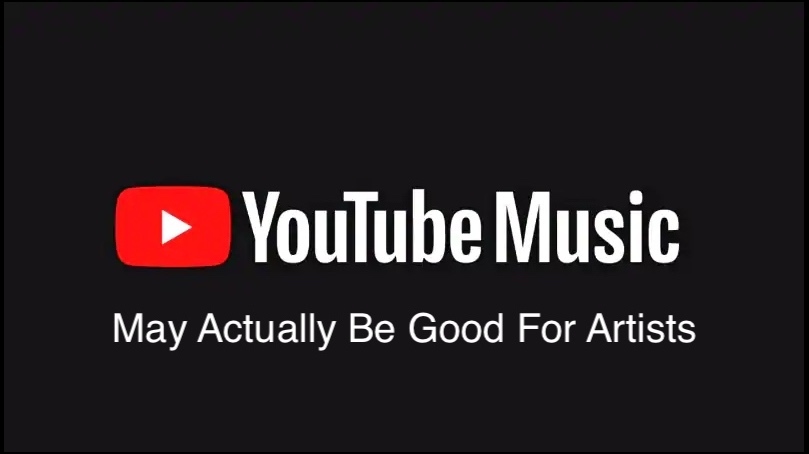YouTube Music’s recent announcement that it has reached 50 million paid subscribers had an instant effect on the music industry, as executives rushed to congratulate the platform and its execs on a bang-up job of going from also-ran to a real competitor in music streaming. While it’s one thing for the insiders to acknowledge the inroads the service has made, artists are probably left wondering, “How does this help me?”
Mashene Music Group – Join Us | Corporate Royalty Sharing | Social @ LinkTree
If you’re an artist and are used to getting puny royalties from YouTube as compared to other platforms, that announcement could be scary. If more people are gravitating to YouTube Music, doesn’t that mean that you’ll make less money in the long run?
Video-Only Is Different
Here’s the thing to remember – YouTube Music is a different entity from YouTube. While the video service still pays a weak $0.00164 per video-stream on an official artist’s channel, and and videos monetized through Content ID pay even less at around $0.00087, things are way different once you get off the video-only side of the platform.
You may be shocked to find that YouTube Music is actually paying out $0.008 per stream. That doesn’t sound like much until you realize that it’s more than what Spotify ($0.003 to $0.005), Amazon Music ($0.004), and even Apple Music ($0.0078) pay.
Rates Are Variable
Now understand that royalty rates are always ballpark averages and no two royalty statements are alike. The reason is that your royalty payout depends on things like:
- Your agreement with your distributor or label. The average split with a record label is only 16% of the revenue received from streaming, although many artists have pushed the deal up as high as 50%.
- You get paid a different rate for different subscription tiers. That means if you have most of your streams coming from a free tier you’ll get paid less than if coming from a paid or premium tier.
- Streams from different parts of the world pay at different rates. That means if you get a lot of streams from a part of the world with a low subscription rate (like Russia or the Middle East), you’ll be paid less than if the streams were from a country like the U.S. where subscribers pay a lot more each month for the service.
Regardless of those variables, you still want to make the most from your streams and some platforms pay more than others. YouTube Music is higher than most at $0.008 per stream, but still not as high as iHeartRadio ($0.017 – more than a cent and half per stream), or Tidal ($0.0125).
More streams from the higher payer platforms mean more money in your pocket, but only if the service has a competitive amount of subscribers. YouTube Music now appears to be the only one to have the scale and growth to make a real difference to your pocketbook.
Source: Music 3.0







